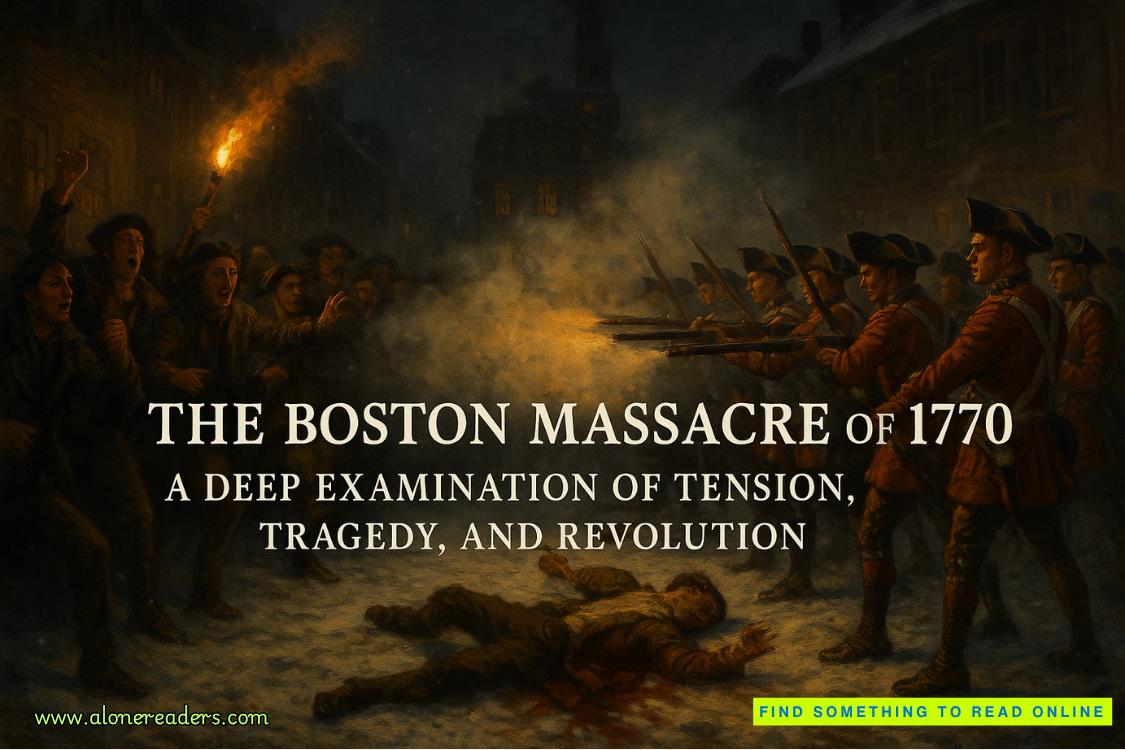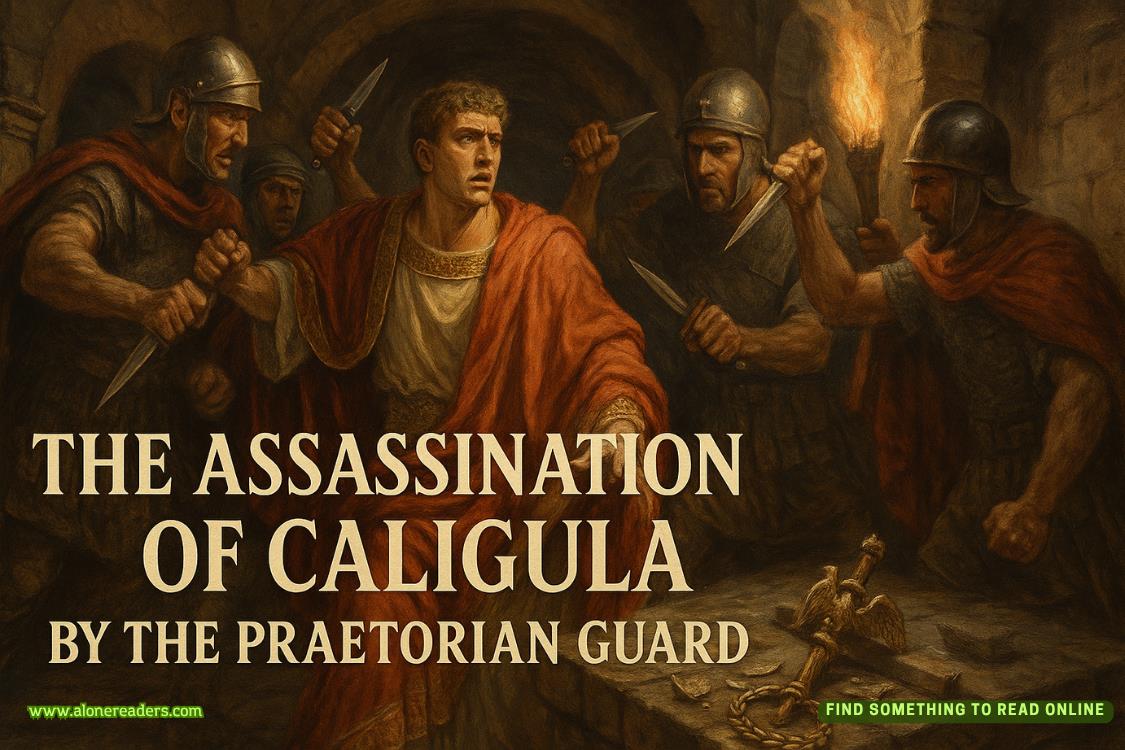Page 117 of If You're Reading This
There was no nervousness, no hesitation. He’d planned every detail of this moment down to the last minute.
“The symbolism is exquisite, isn’t it?” Zimmerman continued, adjusting his camera angle. “Life and death, hope and despair, all captured in a single frame. Your girlfriend really is talented, Trooper Gibson.”
“Let her go,” Logan said through clenched teeth. “You want me for the final photograph. She doesn’t need to be here.”
“Oh, but she does.” Zimmerman smiled as he peered through the camera viewfinder. “She’s the artist who created the original vision. She needs to see it completed.”
“Actually . . .” Morgan’s voice suddenly sounded stronger than it had been all night. “I have a better idea for your composition.”
Zimmerman looked up from his camera, curious.
“Kill me instead,” Morgan said clearly. “Take my picture instead of Logan’s.”
“Morgan, no,” Logan breathed.
She continued, her voice gaining conviction. “Think about it—the twist of the artist dying instead of the subject would be far more powerful. More surprising for viewers. The living tree dying while the dead one survives—it’s unexpected, dramatic.”
“Morgan, don’t do this.” Logan’s words came out forcefully.
She ignored him and stared Zimmerman dead in the eye. “It would be a better photograph. More artistic. More meaningful. The creator becoming the subject of her own work—isn’t that what every artist dreams of?”
Zimmerman had stopped working entirely, considering her words with the serious expression of someone weighing artistic merit.
“Please,” Morgan continued. “I’m begging you. Make me the subject. Let Logan watch. Let him carry that image for the rest of his life—it will destroy him more completely than his own death ever could.”
“No.” Desperation tinged Logan’s voice. “Don’t listen to her. She’s trying to manipulate you.”
But Zimmerman was nodding slowly, a new gleam of excitement in his eyes. “The artist as subject . . . the photographer photographed . . . thereisa poetic justice to it, isn’t there?”
Logan pulled against his restraints with renewed desperation.
The ropes held firm.
And Morgan was offering herself as the final sacrifice.
Logan watched in horror as Zimmerman considered Morgan’s offer, the killer’s eyes bright with artistic fervor.
“The artist as subject.” Zimmerman angled his camera to focus on Morgan. “There’s definitely something poetic about that.”
“No.” Logan’s voice came out raspy, desperate. “Morgan, stop this.”
But Morgan ignored him, focusing only on Zimmerman. “You studied photography, Tom. You know the delicate nature of composition.” Her voice carried the authority of someone who’d spent years perfecting her craft. “But from where you’re standing, you’re not going to capture the full symbolic relationship between the ice columns.”
Zimmerman paused, looking through his viewfinder again. “What do you mean?”
“The depth of field is all wrong,” Morgan continued, her tone becoming more professional, more confident. “You’re too close. The ice columns will look like they’re the same distance apart,but they’re not. There’s supposed to be a sense of separation, of longing between them.”
Logan realized what Morgan was doing.
Behind Zimmerman, probably fifteen feet back, the ground dropped. In daylight, it would be obvious. But in the darkness, with Zimmerman’s attention focused entirely on his camera . . .
“The perspective needs to show the relationship,” Morgan pressed on. “You need more distance to capture that emotional space between them.”
Zimmerman lowered his camera, considering. “You’re right. The composition is too tight.”
He began moving his tripod backward, his movements careful but focused entirely on the technical aspects of the shot.
“Keep going,” Morgan urged. “Think about Ansel Adams, how he used wide compositions to show the relationship between elements in the landscape. You want viewers to feel the isolation, the separation.”















